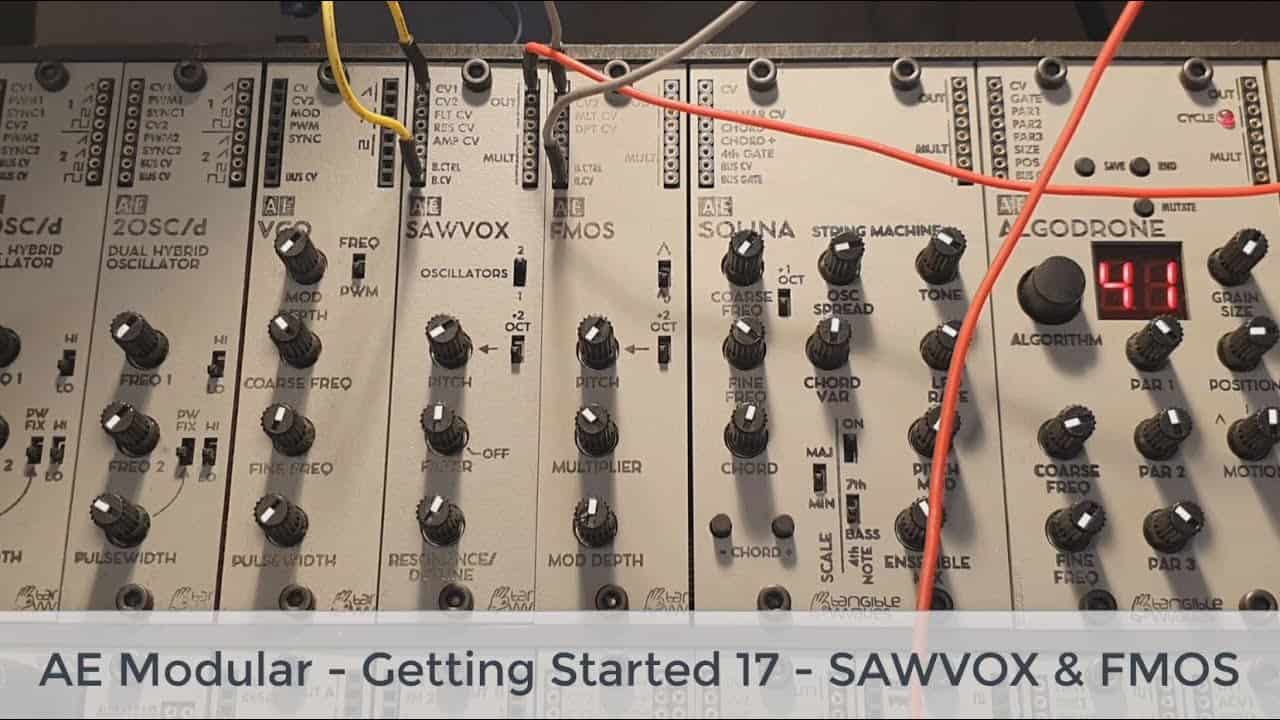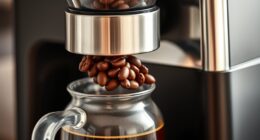Checking Out Piano Pioneers Bundle
The Piano Pioneers bundle from RealSamples contains two historic instruments that you simply won’t find anywhere else, and will run in either Kontakt (FULL), the Halion Sampler, or EXS24 (for Logic).
The instruments in this bundle are rare, historic instruments that have been preserved and meticulously sampled for using in any of your compositions.
The Dulcitone Celesta was built around 1910, and has a warm, vibrant tone that is similar to a vibraphone, a glockenspiel, and a piano all rolled into one. It’s played like a piano with a keyboard, but has a sound similar to the orchestral mallet section. The celesta is actually the acoustic precursor to vintage electric pianos, as they share the same basic sound principles. The celesta is immensely popular today, and can be heard on the iconic score for Harry Potter by John Williams, most prominently in “Hedwig’s Theme”.
The Early Pianoforte library was sampled from an instrument built in 1793, and the pianoforte instrument is the precursor to the modern concert piano. It sounds like a mix between a harpsichord and a piano, and this library has 32 dynamic layers to provide you with unparalleled realism and expression. A beautiful, historical instrument that gives you a one-of-a-kind sound.
Check out the video to see how we can use these unique instruments to create a fun, spooky track that would be right at home in a Tim Burton film.
Both libraries in this bundle come with presets for Native Instruments™’ Kontakt® sampler (full version required)
Pricing and Availability

Originally $219.90, the Piano Pioneers Bundle is now available for just $19.99 for a limited time only – you save $200! This is an amazing offer you should not miss!










